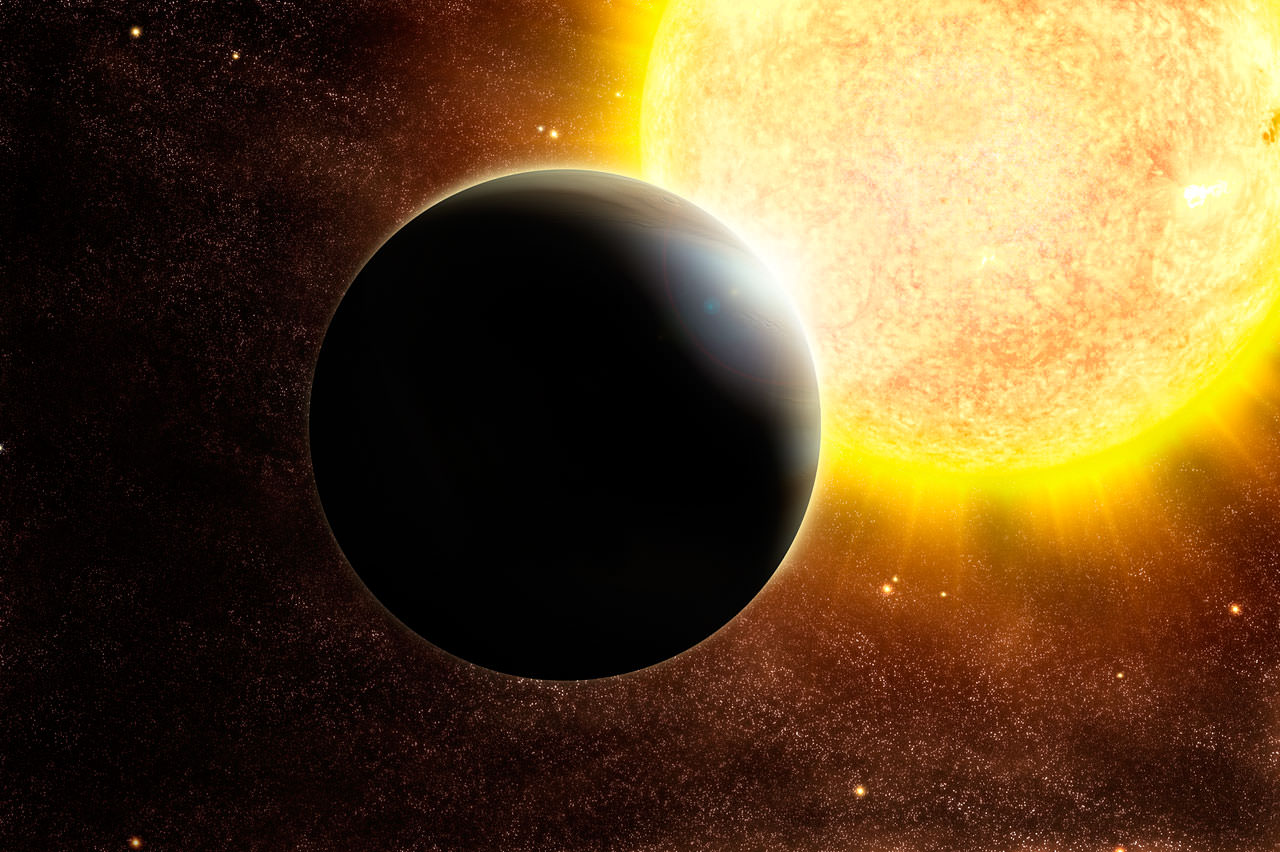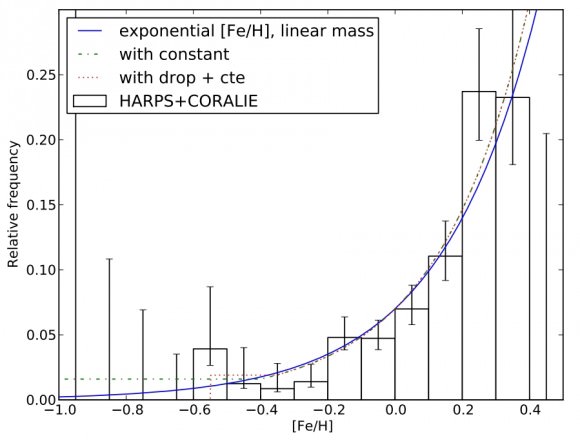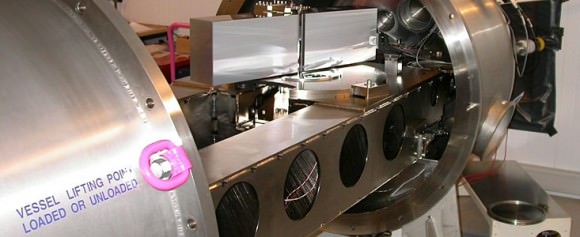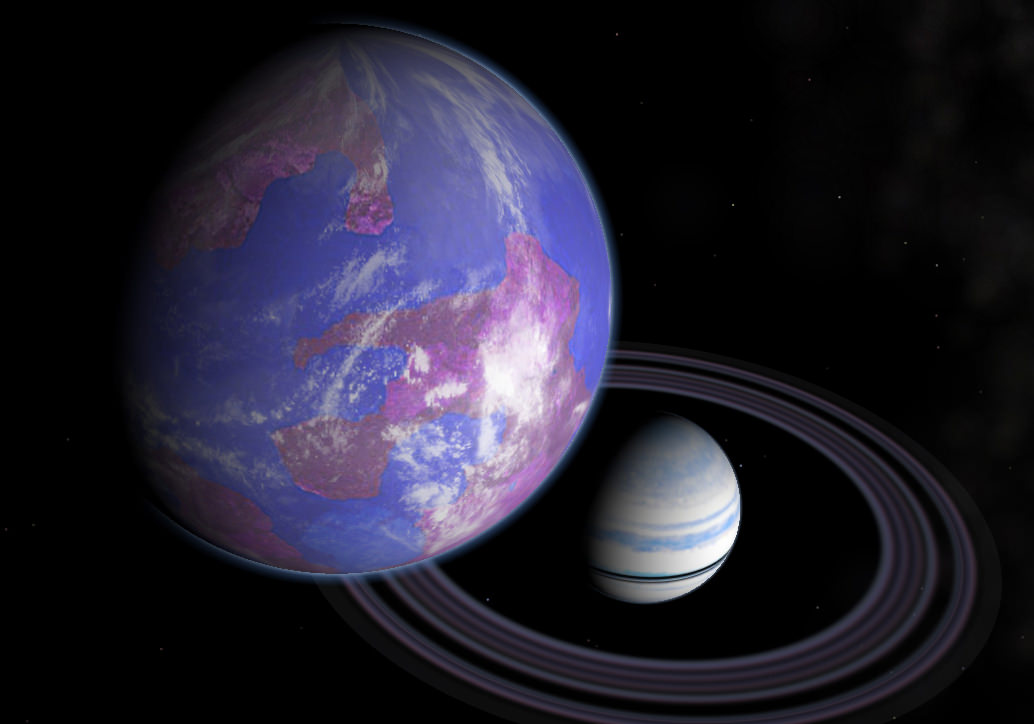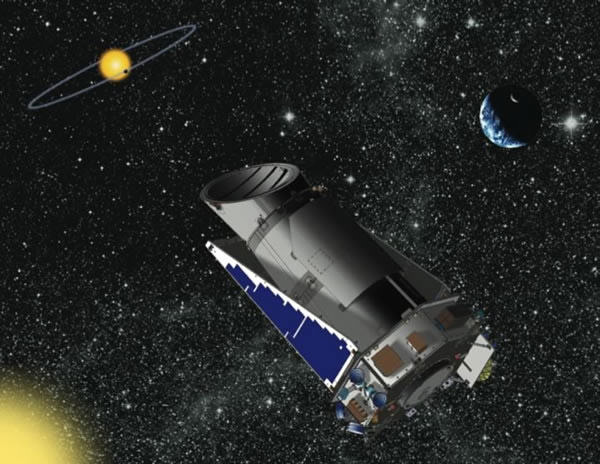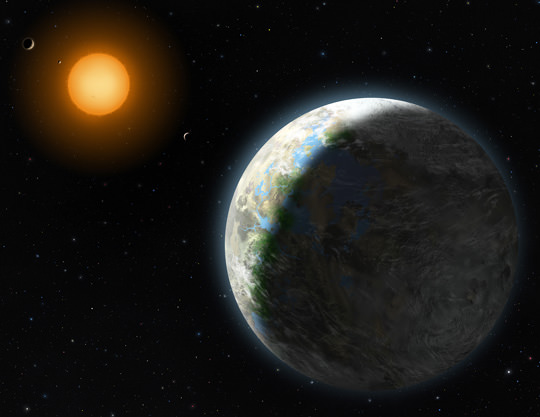Size might matter when it comes to stars having habitable environments for planets, and in this case smaller might be better, as well as closer to Earth. A new study indicates that low mass stars may be the most abundant planet hosts in our galaxy. And since these smaller stars like M-dwarfs are plentiful, the number of potentially habitable planets could be greater than previously thought.
“We now estimate that if we were to look at 10 of the nearest small stars we would find about four potentially habitable planets, give or take,” said Ravi Kopparapu from Penn State University. “That is a conservative estimate,” he added. “There could be more.”
Kopparapu has published a new paper where he recalculated how common Earth-sized planets in the habitable zones of low-mass stars, also known as cool stars or M-dwarfs. Since the orbit of planets around M-dwarfs is very short, this allows scientists to gather data on a greater number of orbits in a shorter period of time than can be gathered on Sun-like stars, which have larger habitable zones.
Additionally, since M-dwarfs are more common than Sun-like stars, it means more of them can be observed.
Moreover, there are M-dwarfs located relatively close to Earth, which makes it easier to study any planet that may be orbiting these stars.
“The average distance to the nearest potentially habitable planet is about seven light-years,” Kopparapu said. “That is about half the distance of previous estimates.”
Kopparapu said there are about eight of these cool stars within 10 light-years of Earth, and the thinks, conservatively, we should expect to find about three Earth-size planets in the habitable zones.
His paper follows up on a recent study by researchers at the Harvard-Smithsonian Center for Astrophysics which analyzed 3,987 M-dwarf stars to calculate the number of Earth-sized planet candidates in cool stars’ habitable zones. That study used habitable zone limits calculated in 1993, but recently, a group of astronomers that included Kopparapu developed a new model for identifying habitable zones around stars based on water and carbon dioxide absorption (see the Habitable Zone Calculator here). Now Kopparapu has applied the new model to the Harvard team’s study, and found that there are additional planets in the newly determined habitable zones.
“I used our new habitable zone calculations and found that there are nearly three times as many Earth-sized planets in the habitable zones around these low mass stars as in previous estimates,” Kopparapu said. “This means Earth-sized planets are more common than we thought, and that is a good sign for detecting extraterrestrial life.”
Source: Penn State


